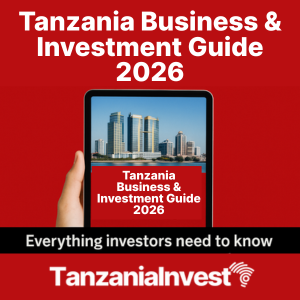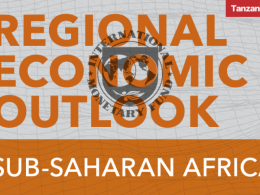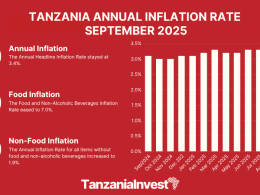Total revenue collected by Tanzania’s Central Government (which excludes revenue by Local Government Authorities – LGAs) grew by 9.5% between the financial years 2015/16 and 2016/17, from TZS 18,101.3 billion to TZS 19,829.0 billion.
The statistics are included in the TAX STATISTICS REPORT 2016/17 TANZANIA MAINLAND, recently published by the country’s National Bureau of Statistics.
According to the report, tax revenue contributed 87.1% of total domestic resources in 2016/17, compared to 78.7% in 2015/16.
Domestic Resources excluding LGAs amounted to TZS 16,128.1 billion in 2016/17, compared to TZS 15,921.4 billion in 2015/16.
Indirect Taxes
Indirect taxes, which in Tanzania consist of consumption taxes, international trade taxes, and other domestic taxes and charges, accounted for 64% of the total domestic tax revenues in 2016/17, compared to 63.3% in 2015/16.
International trade taxes made the largest contribution to total indirect taxes during the period of 2005/06 to 2016/17. However, its share decreased to 62.3% in 2016/17 from 64.1% in 2015/16.
Direct Taxes
Direct taxes, mostly PAYE, Corporate tax, and Income Tax, remains a major source of government revenues, and accounted for 36% of the total domestic tax revenues in 2016/17, compared to 36.7% in 2015/16.
VAT
VAT continues to be a significant source of revenue for the Government and contributed on average around 30.9% of total tax revenue for the past decade.
The standard rate of VAT for Tanzania has remained at 18% for the past eight years.
Tanzania Tax Revenues
Tax revenue grew by an average annual growth of 19.7% from 2006/07 to 2016/17.
The effect of the 2008 Global Financial Crisis caused a relatively low growth of 9.8% in the 2009/10 fiscal year.
However, tax revenues recovered quickly and the annual growth rate of tax revenue was 19.5% in 2010/11.
It remained high up to 2013/14 before it fell to 7.9% in 2014/15 which was below the magnitude observed during the global crisis.
A long-term average of tax-to-Gross Domestic Product (GDP) ratio from 2005/06 to 2016/17 was 11.9%.










